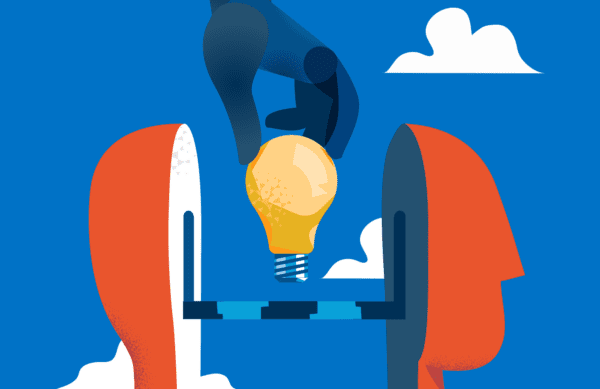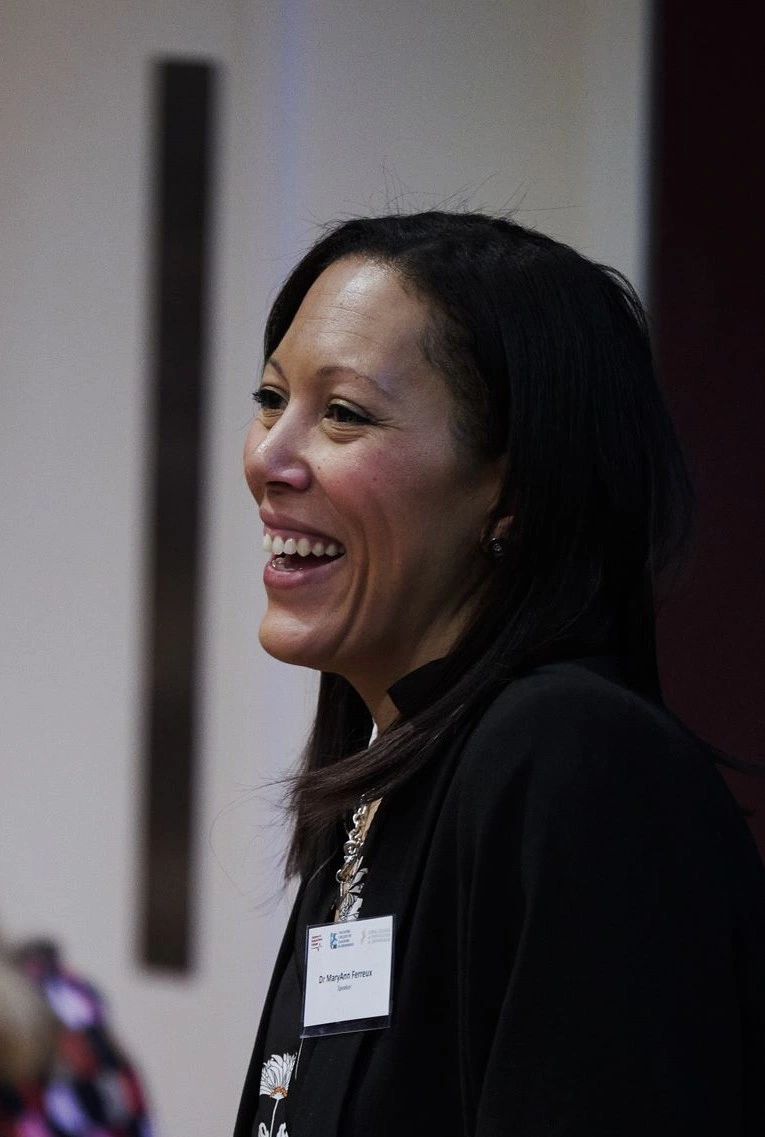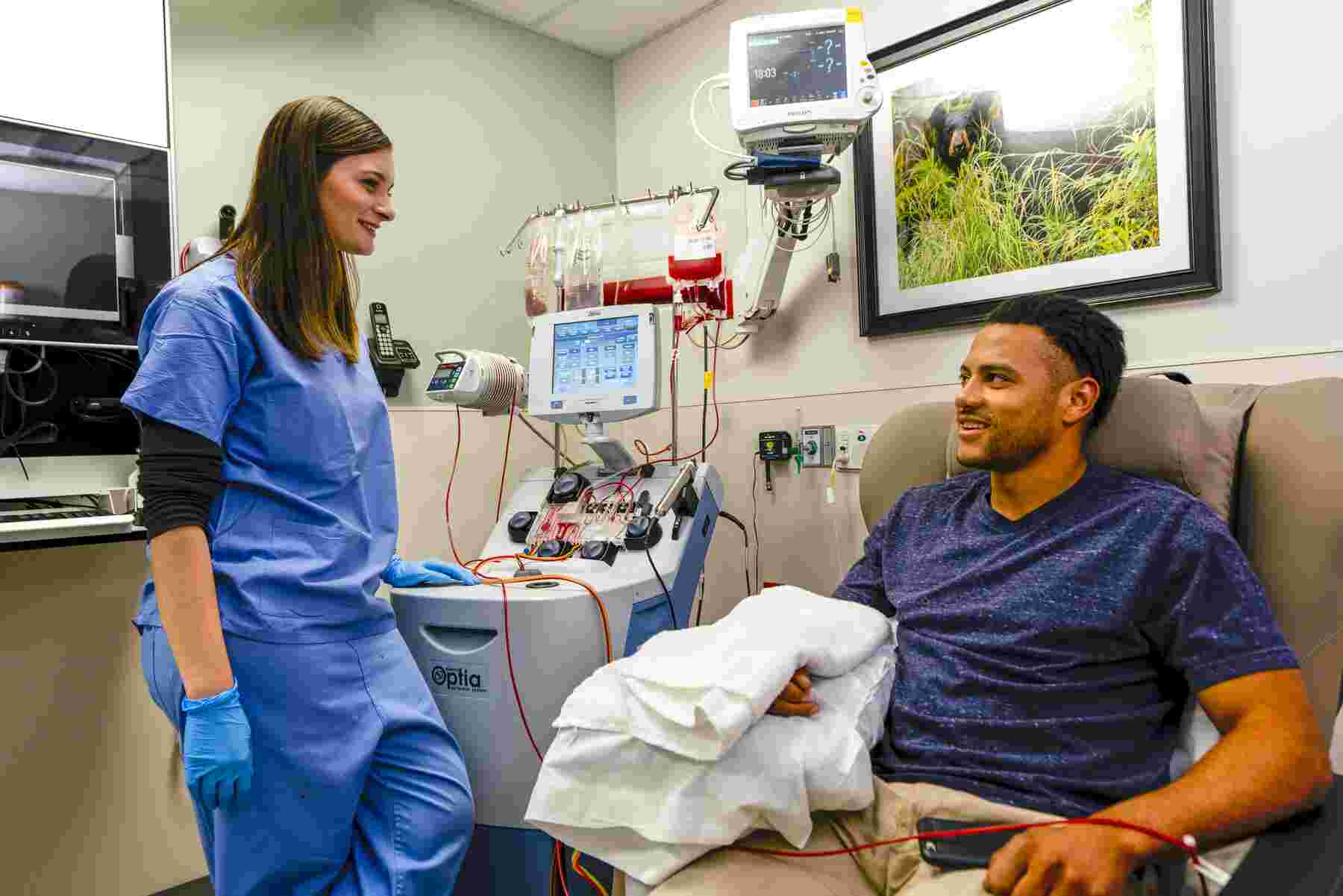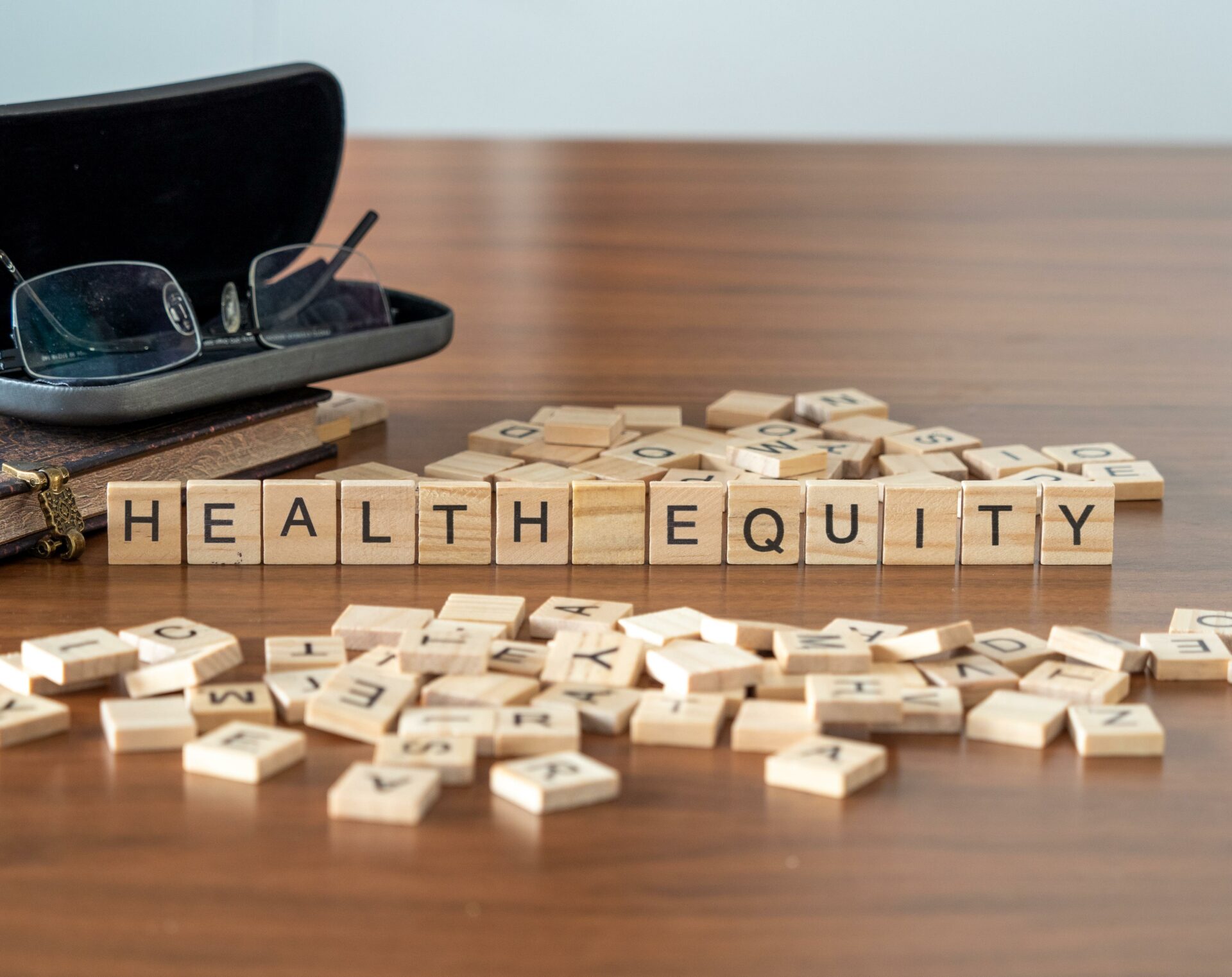Meet Stephen Towe, CEO of Leo Cancer Care – the more human way to treat cancer, built on research from across the globe showing the benefits of upright patient positioning. Stephen discusses the company’s goals, inspirations, hopes for the future and why you should never wear a tie in California.
Tell us about your innovation – what and why?
We founded Leo Cancer Care with one goal in mind, which is to be the more human way to deliver radiation therapy. Very simply, we’re looking to improve the quality of radiation therapy. We’re looking to provide better medicine by treating patients upright, rather than treating them lying down. And that’s all built on a lot of evidence and research that came out of MD Anderson, Northwestern Proton Centre in Chicago and the Paul Scherrer Institute in Switzerland. All of these centres have shown that your organs move less when you’re upright, compared to when you lay down. And whether you’re trying to play darts in the pub and hit the bullseye or trying to target high-energy radiation at a cancerous tumour, having the target move less means that it’s easier to be more accurate with your dose delivery.
Goal number two is that we’re aiming to improve the global access to radiation therapy. The way that we’ve always developed these machines means that they’re incredibly expensive. Traditionally you have a patient lying down who weighs, say 100 kilos, and then we have a machine that rotates around the patient, and this machine can be anywhere from six to 600 tonnes. Rotating that amount of mass to less than a millimetre accuracy is a massive engineering challenge. And whenever you’ve got these enormous engineering challenges, you can always guarantee that the product will have a massive price tag.
Our final goal for cancer care is to offer a better and less frightening overall treatment experience and provide a better connection between the clinician and the patient. It’s really important that we can make our patients feel in control when they’re having their treatment.
All of those three things together are what we really believe is the more human way of delivering radiation therapy.
What was the lightbulb moment?
The company was based in Sydney to start, and you’re 30% more likely to die from cancer in rural areas of Australia than you are in Sydney or Melbourne. Part of the problem is that radiotherapy machines are so big and they’re so expensive, you have to put them in these big central hospitals. Our real lightbulb moment was realising that, by keeping the radiation beam fixed, we could genuinely create a mobile Radiation Therapy solution. Making Radiation Therapy mobile was the ideal way to reduce the healthcare inequality associated with geographical location.
What’s been your innovator journey highlight to date?
At any incubator they always tell you to go and interview people to validate your assumptions, so I was interviewing lots of patients, and had this conversation with a prostate cancer patient in Sydney. He said that when he found out he had cancer he thought he was dying, which is something we hear from so many cancer patients.
But then he said that when he went for his treatment he was asked to lie down, in a really clinical environment, on a solid black table and he felt like he was already dead in a morgue.
To have him try out our prototype and compare his experience of that to what he thought the experience would be like in the upright orientation, and hear him say that it would have made a massive difference to him is a real standout moment. You make the decision to get into medical device development because you want to make a difference to patients, so to hear somebody voice those opinions and tell you what a difference your technology is going to make was a standout moment.
How have AHSNs supported you?
Leo Cancer Care started out in Australia before moving to the UK, and one of the reasons we did that was because the NHS is such a thought leader within the industry and drives clinical practice like nobody else. The reason they’re able to do that is because they have tremendous access to data, and the ability to correlate data.
We’ve recently started working with Kent Surrey Sussex AHSN (KSS AHSN), and one of the key benefits of AHSNs is that they can be the go-between between industry and the NHS.
They’ll be supporting us to look at how our products could work in a re-designed pathway that would bring system benefits in terms of cost savings and efficiency gains, as well as addressing health inequalities and the NHS Net Zero agenda.
KSS AHSN knows everybody that we need to talk to. They know the roles of each of those different groups and can help connect us to the right people, but also help us to formulate and structure what we actually want from them.
What has been your toughest obstacle to date?
Raising funding through the coronavirus (COVID-19) pandemic has been very challenging. We’ve closed off recently just over £18m in external funding, but doing that through the pandemic has been a massive challenge. People have felt very nervous about making big investments, so asking them to invest £18m has been very difficult. And another key challenge is getting people to think outside the box. They have operated with the same technology and the same clinical practices for years, so asking people to try something new is always a challenge.
Hopes for the future
I would love to think in 10 years’ time we’re in a position where we see a huge number of mobile radiotherapy systems that are able to go and take cancer care to patients, rather than the other way around.
I’d also love to think that we don’t have patients that say ‘when I went and received my treatment I felt like I was already dead in a morgue’. It’s never going to be a pleasant experience being treated for cancer, but we want to be able to put people in a position where they can be treated with more dignity and feel more like humans, rather than like patients.
A typical day for you would include?
I like to mix up my day and spend time with the engineering team and spend time talking to customers. When we’re in a fundraising stage I spend an awful lot of time travelling and speaking to investors. It’s just a lot of time communicating with the industry – I spend an awful lot of time on the phone to various different people.
What’s the best part of your job now?
Still without a doubt my favourite part of what I do is when I get into the hospital and work with people that are going to be using this equipment.
It’s great to see how they currently treat patients, and then explain what we can do with our technology to make their job easier. When you go and see the technology installed in that hospital and hear what a difference it has made from those using it, then that’s a very, very rewarding part of the job.
What three bits of advice would you give budding innovators?
Go and speak to as many people as you possibly can find. Cover all the obvious stakeholders, and then make sure you find the non-obvious ones. If you’re going to deal with hospitals in America, go and speak to insurance companies, go and speak to patients, physicists, everybody that is going to interact with your system. It’s so important that you develop something that people actually want rather than something that you think they want.
Always drive for something that’s going to bring a clinical impact. It’s really easy to focus on cost, and that’s what we did to start with. But if you’re speaking to hospitals in Africa for example, and you tell them that you’re bringing a lower cost solution, they’ll turn around and tell you they don’t want a low-cost solution, they want the best solution. You’ve got to have something that’s going to drive change and improve the quality of care for patients.
If you’re going pitching for investment in California, never wear a tie. I had an experience pitching my very first time to a San Francisco-based VC, where I was wearing a suit and tie. He told me that if I wanted him to listen to the presentation then I had to remove the tie or get out of his office, because I was in California and not in the UK.
Find out more about Leo Cancer Care and follow them LinkedIn, Facebook, Twitter and Instagram.

“Health equity is the attainment of the highest level of health for ALL people. Achieving health equity requires valuing everyone equally with focused and ongoing societal efforts to address avoidable inequalities, historical and contemporary injustices, and social determinants of health — and to eliminate disparities in health and health care.” (health.gov) Within the NHS there [...]

Sickle cell disease (SCD) is a serious and lifelong health condition. People with SCD produce unusually shaped red blood cells that can cause problems because they do not live as long as healthy blood cells and can block blood vessels. This can result in suffers experiencing painful episodes, called sickle cell crises, as well as anaemia, [...]

At the Royal Society of Medicine’s Tackling Inequalities conference it was clear from the passion in the room that great progress has been made across the system to better support some of our most under-served communities. To maintain this momentum, we must not just embed tackling health and healthcare inequalities in all that we do, [...]







